Understanding Cost per Click (CPC) in PPC Advertising
Understanding Cost per Click (CPC) in PPC Advertising
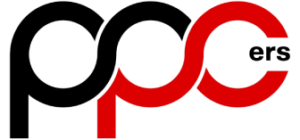 Pay-per-click (PPC) advertising is a very powerful digital marketing tool allowing businesses to reach their target audience precisely and precisely. With PPC, businesses can run targeted ads on search engines, social media platforms, and other digital channels and only pay for the clicks their ads generate. One of the most important concepts in PPC advertising is a cost per click (CPC), which determines the price businesses pay for each click on their ads. In this article, we’ll take a deep dive into CPC and how it affects PPC advertising campaigns.
Pay-per-click (PPC) advertising is a very powerful digital marketing tool allowing businesses to reach their target audience precisely and precisely. With PPC, businesses can run targeted ads on search engines, social media platforms, and other digital channels and only pay for the clicks their ads generate. One of the most important concepts in PPC advertising is a cost per click (CPC), which determines the price businesses pay for each click on their ads. In this article, we’ll take a deep dive into CPC and how it affects PPC advertising campaigns.
Table of Contents
- What is Cost per Click (CPC)?
- How is CPC Calculated?
- Factors that Affect CPC
- Understanding Bid Strategies
- Best Practices for Reducing CPC
- Importance of Quality Score
- Tracking and Measuring CPC Performance
- Benefits of CPC Advertising
- Challenges of CPC Advertising
- CPC vs. CPM vs. CPA
- CPC Case Study: Successful Campaigns
- Common CPC Myths and Misconceptions
- The Future of CPC Advertising
- Conclusion
- FAQs
What is the Cost per Click (CPC)?
Cost per click (CPC) is a pricing model used in PPC advertising where advertisers pay a fee every time someone clicks on their ad. CPC is an essential metric for PPC campaigns because it directly affects the cost and performance of ad campaigns. Advertisers bid on specific keywords or audiences in the PPC auction, and the highest bidder wins the top ad spot for that keyword. The cost per click varies depending on several factors, including the level of competition for the keyword, ad relevance, quality, and the advertiser’s maximum bid.
How is CPC Calculated?
Cost per Click is calculated by dividing the total cost of a PPC campaign by the number of clicks generated. For example, if an advertiser spends $100 on a campaign and receives 50 clicks, the CPC would be $2. CPC can also be calculated at the ad group or keyword level to understand performance on a more granular level.
Factors that Affect CPC
Several factors can impact CPC, including competition, ad quality, bid strategies, and audience targeting. Advertisers with higher budgets and better quality scores often have an advantage in the PPC auction, driving up the cost per click for their competitors. Ad relevance and quality can also impact CPC, as more relevant ads often receive higher click-through rates (CTRs) and lower CPCs. Advertisers who use smart bidding strategies focusing on specific goals, such as maximizing conversions or reducing CPC, can see significant performance improvements in their campaigns.
Understanding Bid Strategies
Bid strategies are critical to CPC advertising, as they determine how an advertiser’s budget is allocated to different keywords, placements, or audiences. Advertisers can choose from several bid strategies, including manual bidding, enhanced cost per click (ECPC), target cost per acquisition (CPA), and target return on ad spend (ROAS). Each bid strategy has strengths and weaknesses, and choosing the right one depends on the advertiser’s goals and campaign performance.
Best Practices for Reducing CPC
Reducing CPC is a common goal for many advertisers, as lower CPCs can lead to higher ROI and more significant campaign success. Some best practices for lowering CPC include improving ad relevance and quality, optimizing landing pages, refining audience targeting, and testing different ad formats and messaging. Using negative keywords and bid modifiers can help advertisers reduce wasted spending and focus on high-performing keywords and audiences.
Importance of Quality Score
Quality Score is a crucial metric in PPC advertising that measures the relevance and quality of an ad, keyword, or landing page. Improving Quality Score can be achieved by focusing on relevant and high-quality ad content, landing pages, and targeting. Quality Score is calculated based on several factors, including expected click-through rate, ad relevance, landing page experience, and historical performance. Advertisers with high-quality scores often see lower CPCs, higher ad rankings, and better campaign performance.
Tracking and Measuring CPC Performance
Tracking and measuring CPC performance is essential for optimizing PPC campaigns and achieving better ROI. Advertisers can use various tools and metrics, such as conversion tracking, click-through rate, cost per acquisition, and return on ad spend, to measure campaign success and identify areas for improvement. Regularly monitoring CPC and other metrics can help advertisers make data-driven decisions and adjust their campaigns for better performance.
Benefits of CPC Advertising
CPC advertising offers several benefits for businesses looking to reach their target audience and drive conversions and profit. Some benefits of CPC advertising include the following:
- Precise targeting: Advertisers can target specific audiences and demographics to reach the right people at the right time.
- Control over ad spend: Advertisers only pay for clicks generated by their ads, allowing for better control over ad spend and ROI.
- Real-time optimization: PPC campaigns can be adjusted to improve performance and achieve better results.
- High ROI potential: CPC advertising can lead to high ROI, particularly for businesses in industries with high customer lifetime values.
Challenges of CPC Advertising
While CPC advertising offers many benefits, it also presents several business challenges.
Some of the challenges of CPC advertising include the following:
- Increasing competition: As more businesses invest in PPC advertising, competition for top ad spots and keywords can reduce costs and ROI.
- Ad fatigue:
Repeated exposure to the same ads can lead to ad fatigue and reduced effectiveness.
- Complexity: PPC advertising can require technical expertise to achieve optimal results.
- Limited reach: CPC advertising only reaches people actively searching for specific keywords or topics, limiting its reach compared to other marketing channels.
CPC vs. CPM vs. CPA
CPC is just one of several pricing models used in digital advertising. Other models include cost per thousand impressions (CPM), where advertisers pay for every thousand impressions their ad receives, and cost per acquisition (CPA), where advertisers pay for a particular action, such as a sale or sign-up. Each pricing model has its advantages and disadvantages, and choosing the right one depends on the advertiser’s goals and campaign performance.
CPC Case Study: Successful Campaigns
Several businesses have achieved significant success with CPC advertising. For example, a skincare brand increased conversions by 57% and decreased CPCs by 27% by implementing targeted ad campaigns and refining their landing pages. Similarly, a luxury travel brand saw a 70% increase in conversion rate and a 45% decrease in CPCs by using smart bidding strategies and optimizing their ad content.
Common CPC Myths and Misconceptions
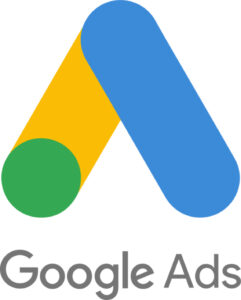
Google Ads PPC Advertising Management Services
Several myths and misconceptions surround CPC advertising, leading to misunderstandings and suboptimal performance. Some common CPC myths and misconceptions include:
- Higher bids always win: While higher bids can increase the chances of winning top ad spots, ad quality and relevance also play a significant role in determining ad placement.
- CPC is the only metric that matters: While CPC is essential, focusing solely on CPC can lead to suboptimal campaign performance. Other metrics, such as conversion rate and ROI, should also be considered.
- CPC is too expensive: CPC can be costly, particularly for competitive keywords and industries. However, CPC can lead to high ROI and significant business growth with the correct targeting and bidding strategies.
The Future of CPC Advertising
CPC advertising continues to evolve and adapt to changing consumer behavior and technological advancements. As artificial intelligence and machine learning become more prevalent in digital marketing, PPC campaigns will become more automated and optimized for better performance. Additionally, privacy concerns and browser cookie policy changes may impact how advertisers track and target audiences, requiring new approaches and strategies.
Get Started!
Cost per click (CPC) is a critical concept in PPC advertising mangement that determines the price businesses pay for each click on their ads. Understanding CPC and how it is calculated is essential for optimizing PPC campaigns and achieving better ROI. By focusing on ad relevance and quality, using smart bidding strategies, and monitoring performance, businesses can reduce CPC and achieve significant success with PPC advertising.
FAQs
What is a good CPC for PPC advertising?
- A good CPC depends on several factors, such as the industry, competition, and campaign goals. Generally, a lower CPC is better, but the focus should be on achieving a positive ROI.
How can I reduce CPC in my PPC campaigns?
- Some best practices for reducing CPC include improving ad relevance and quality, optimizing landing pages, refining audience targeting, and testing different ad formats and messaging.
What is the difference between CPC and CPM?
- CPC is a pricing model where advertisers pay for each click on their ads, while CPM is a pricing model where advertisers pay for every thousand impressions their ad receives.
What is Quality Score in PPC advertising?
- Quality Score is a metric that measures the relevance and quality of an ad, keyword, or landing page. Advertisers with high-quality scores often see lower CPCs and better campaign performance.
Is CPC advertising worth it for my business?
- CPC advertising can effectively reach your target audience and drive conversions, but its effectiveness depends on several factors. Consider your campaign goals, budget, and industry before investing in CPC advertising.
How can I measure the success of my CPC advertising campaigns?
- You can measure the success of your CPC advertising campaigns by tracking metrics such as conversion rate, click-through rate, cost per acquisition, and return on ad spend. Regularly monitoring these metrics can help you make data-driven decisions and optimize your campaigns for better performance.
What are some common misconceptions about CPC advertising?
- Some common misconceptions about CPC advertising include the belief that higher bids always win, CPC is the only metric that matters, and CPC is too expensive. It’s essential to understand that ad relevance, quality, and other metrics are critical for campaign success.
Can CPC advertising work for small businesses?
- CPC advertising can be effective for small businesses but requires careful planning, targeting, and optimization. Small businesses can succeed significantly with CPC advertising by focusing on niche audiences, using smart bidding strategies, and creating high-quality ad content.
How can I stay ahead of the competition in CPC advertising?
- Staying ahead of the competition in CPC advertising requires constant monitoring and optimization of campaigns. Continuously testing new ad formats, messaging, and targeting strategies can help you stay ahead of the curve and perform better.
What is the future of CPC advertising?
- Advancements will likely shape the future of CPC advertising in artificial intelligence and machine learning, as well as changes in privacy policies and audience targeting. Advertisers must stay up-to-date on the latest trends and strategies to remain competitive in the ever-evolving world of PPC advertising.
Understanding the cost per click (CPC) is critical for achieving success in PPC advertising. CPC directly affects the cost and performance of ad campaigns, and optimizing CPC requires careful planning, targeting, and optimization. By focusing on ad relevance and quality, using smart bidding strategies, and tracking performance metrics, businesses can reduce CPC and achieve significant success with PPC advertising.

As CPC advertising continues to evolve and adapt to consumer behavior and technology changes, businesses must remain flexible and open to new approaches and strategies. By understanding the future of CPC advertising, including advancements in artificial intelligence and changes in privacy policies, businesses can stay ahead of the curve and achieve better performance.

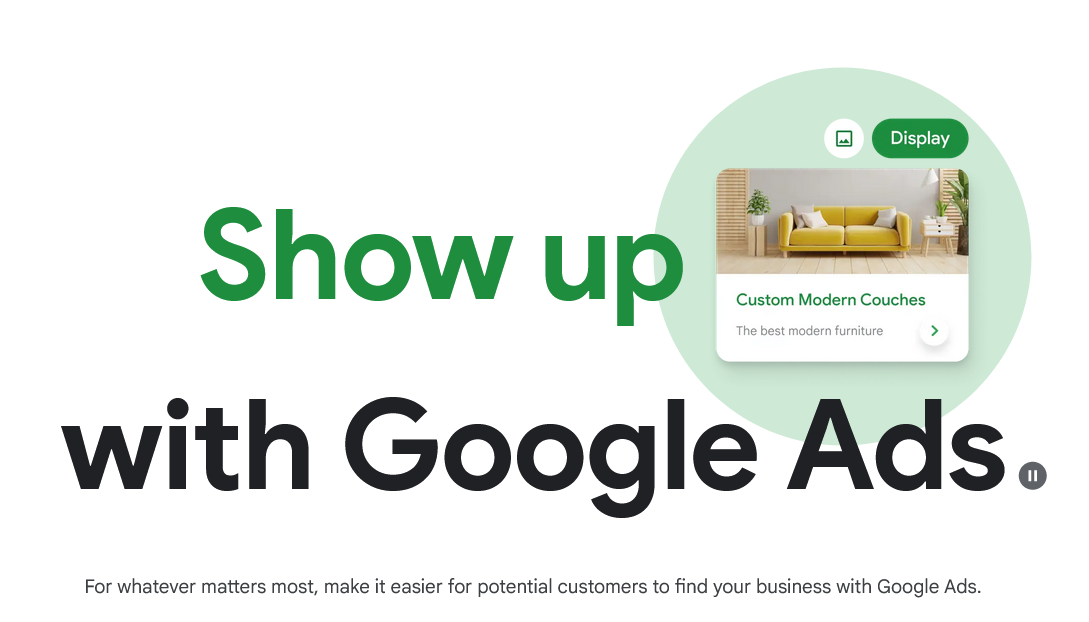
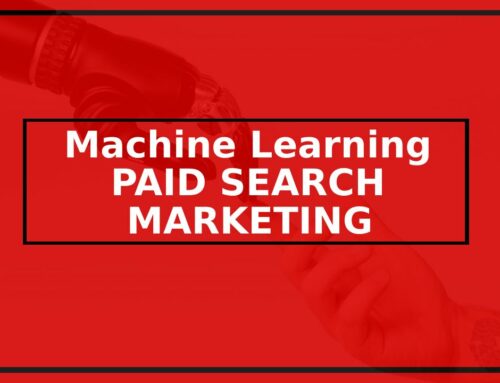
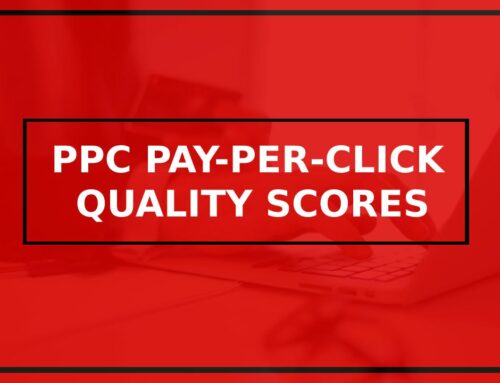
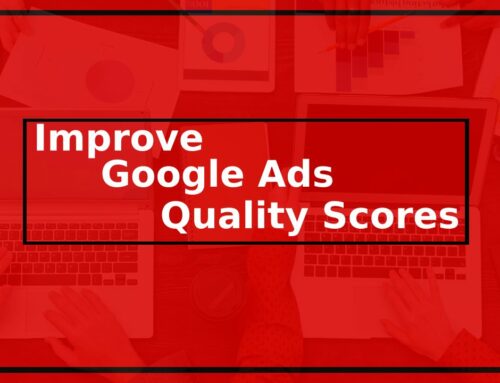
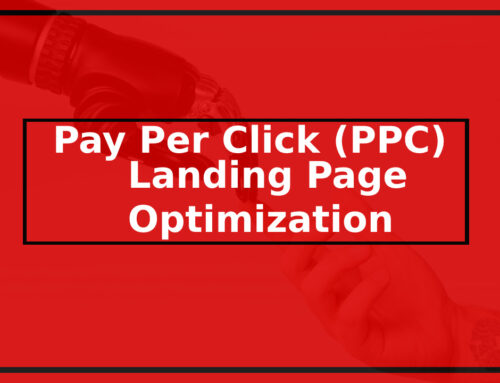
I appreciate the tips on how to reduce CPC while maintaining ad effectiveness. It’s always a challenge to balance cost and quality in PPC, and your strategies are practical and seem easy to implement. Looking forward to trying these out.
Great article! I was particularly intrigued by the discussion on the impact of Quality Score on CPC. It’s clear that focusing on ad relevance and landing page experience is not just good for the user but also for the wallet. Time to review my campaigns!
Hi! Yes, relevance and landing page experiences really can drive down advertising costs quite quickly.